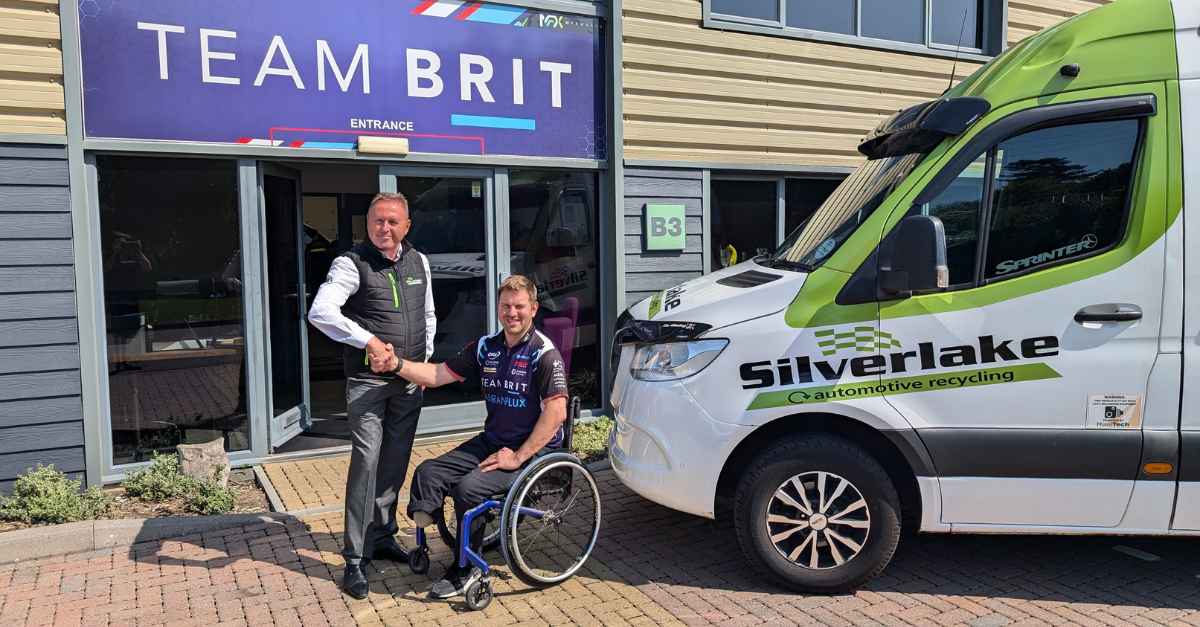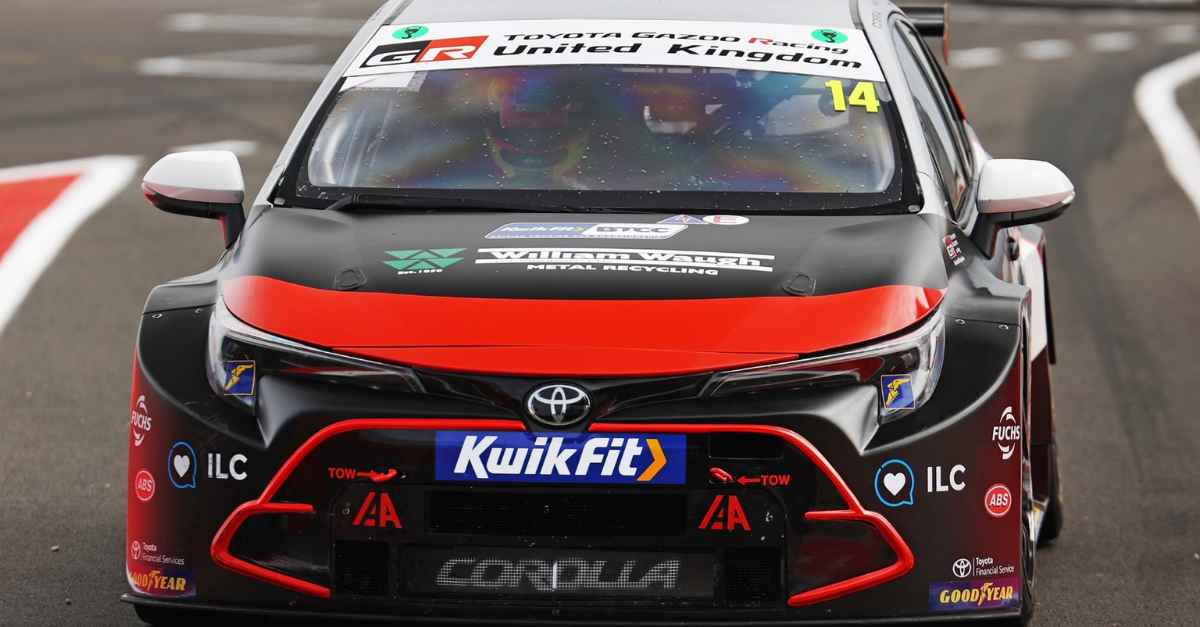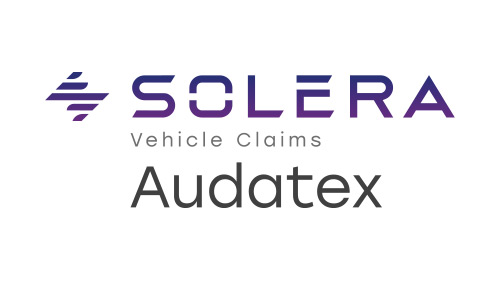Euro NCAP’s European New Car Assessment Programme, which has been updated this year to reflect technological developments, particularly around RADAR and LiDAR, suggests that the industry is still some way from full autonomy being introduced safely.
The new testing programme found that sensors can significantly reduce the likelihood of collisions, but was still some way short of enabling full self-driving cars.
Tom Leggett, Vehicle Technology Specialist, at Thatcham Research, said, “One of the most challenging aspects of collision avoidance is detecting and responding to rapidly approaching motorcycles. Motorcycles often have a small visual profile and can be difficult to identify, especially in complex traffic situations. Vehicles fitted with technology such as LiDAR significantly improve motorcycles’ potential detection and tracking, leading to enhanced safety for both motorcycle riders and other road users.”
The first car tested under the new 2023 Euro NCAP Active Safety scenarios was the NIO EL7, which performed well across most testing environments.
Tom said, “The car demonstrated its LiDAR-based technology has high-fidelity performance in avoiding ever-increasing complex crash types. However, the Car-to-Car Crossing at higher speeds and Car-to-Motorcycle Crossing proved too challenging for the active safety systems to achieve the highest grade.”
While the most advanced LiDAR systems now have the capability to detect lane markings, read road signs, and even identify road hazards like potholes, they comes with challenges.
Tom said, “An autonomous vehicle would need to have an extremely accurate and real-time picture of the world around it in order to piece together decision-making and action processes close to the level of complexity that a human can manage. This is especially true in urban environments, where the vehicle encounters a variety of vehicles and vulnerable road users moving in many different directions and speeds in real-time. The current technology is some way off being able to do that at the high fidelity needed for it to be consistently safe.
“Furthermore, the number of qualified personnel available to service this equipment isn’t appropriate for the technology to become rapidly widespread.”
















